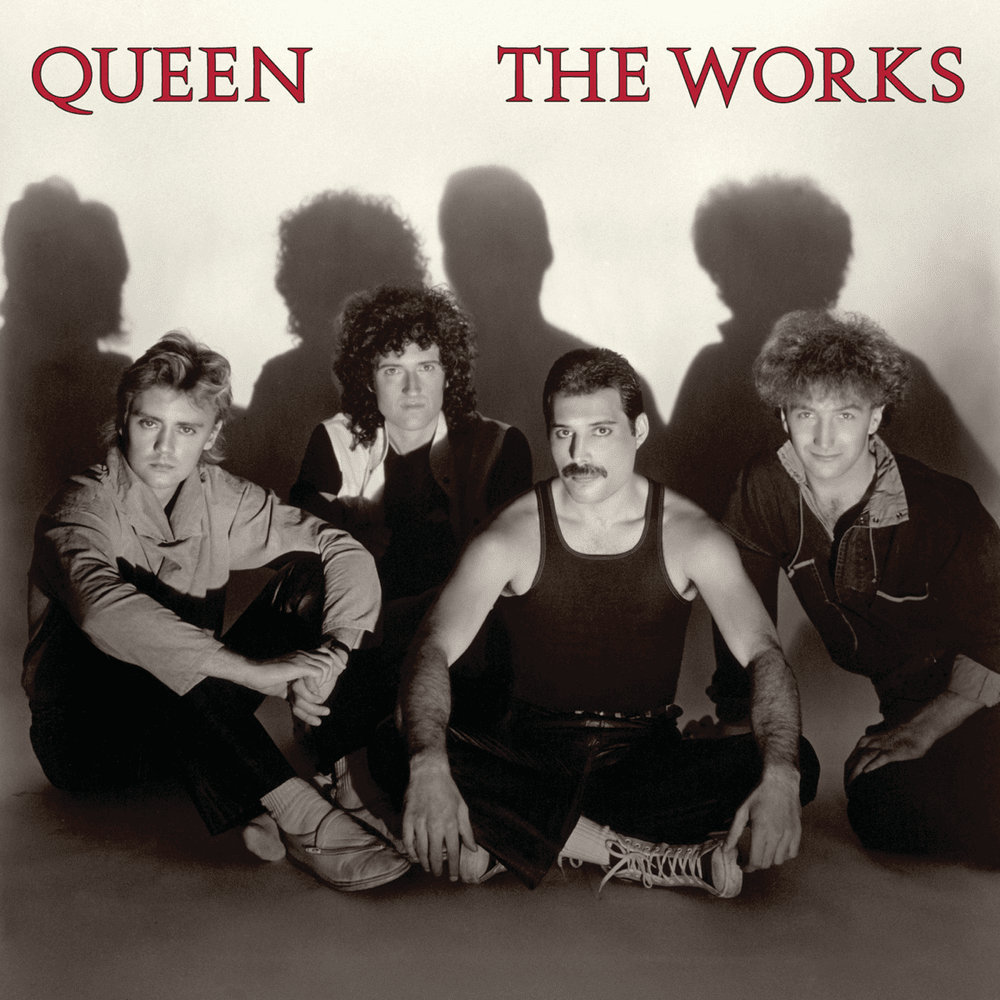#
Lyric line
Interpretation & Notes
Verse 1 — Witness to suffering 0:00–0:35
1
Just look at all those hungry mouths we have to feed
Opens with stark, collective responsibility.
2
Take a look at all the suffering we breed
Admits complicity—“we” create systemic pain.
3
So many lonely faces scattered all around
Loneliness as a symptom of societal failure.
4
Searching for what they need
Basic needs unmet: food, care, dignity.
Refrain — Moral audit 0:35–1:05
5
Is this the world we created?
Central question—ethics of our outcomes.
6
What did we do it for?
Challenges motives behind progress/wealth.
7
Is this the world we invaded
Hints at war/imperialism as cause.
8
Against the law?
Legal vs. moral legitimacy—are we justified?
9
So it seems in the end
Resigned recognition of consequences.
10
Is this what we're all living for today?
Questions our present purpose.
11
The world that we created
Refrain mirrors accountability.
Verse 2 — Innocence vs. indifference 1:05–1:40
12
You know that every day a helpless child is born
Daily renewal of need and hope.
13
Who needs some loving care inside a happy home
Frames justice as care, not charity alone.
14
Somewhere, a wealthy man is sitting on his throne
Juxtaposes privilege with neglect.
15
Waiting for life to go by
Passive comfort contrasts active need.
Refrain — Ownership & judgment 1:40–2:13
16
Oh-oh, is this the world we created?
Returns to the core indictment.
17
We made it on our own
Removes excuses—human agency.
18
Is this the world we devasted, right to the bone?
Admits depth of harm; “to the bone” = structural.
19
If there's a God in the sky, looking down
Invokes divine witness as moral mirror.
20
What can he think of what we've done
Shame as catalyst for change.
21
To the world that He created?
Closes on stewardship: creation vs. destruction.
Reading guide:
A spare, acoustic lament from Queen’s mid-80s period, this song asks a blunt question about
collective responsibility for inequality and suffering. It contrasts newborn innocence with
entrenched wealth, and sets human agency against a quiet theological backdrop. The effect is
a moral inventory in miniature: less protest slogan, more whispered verdict—change begins
when we own the world we’ve made.
